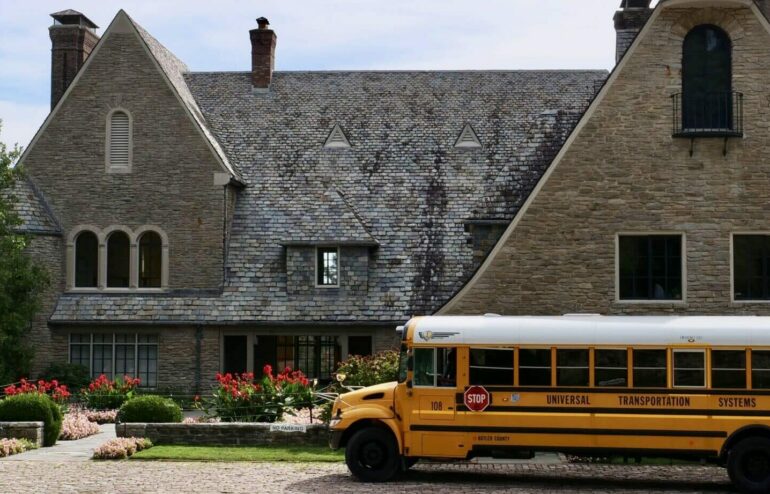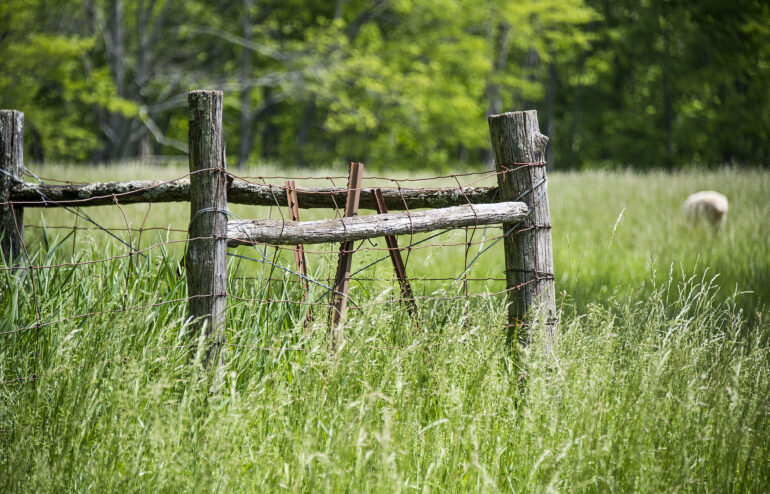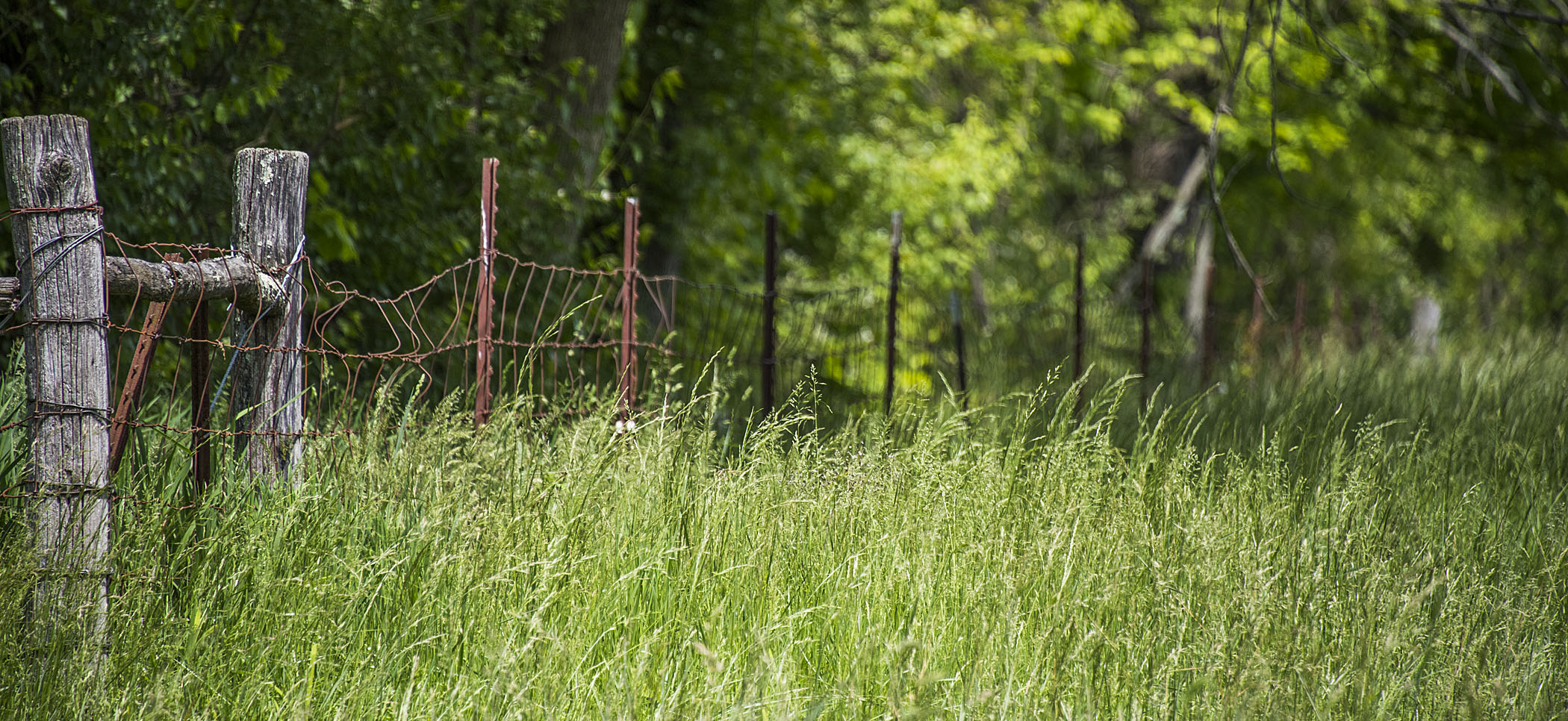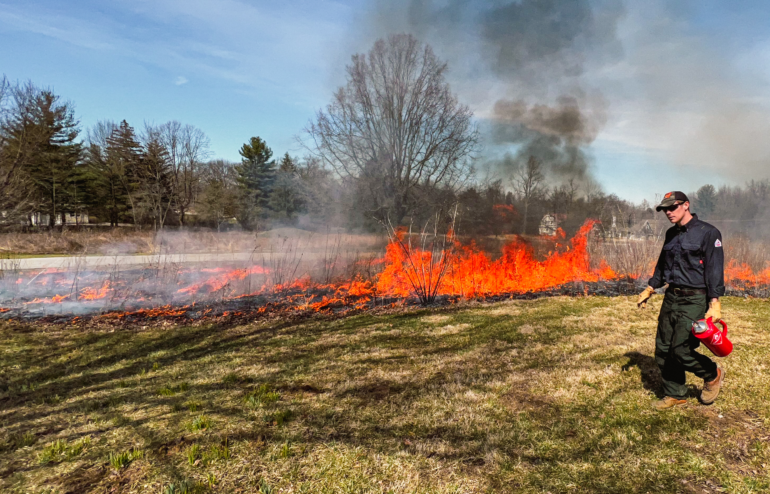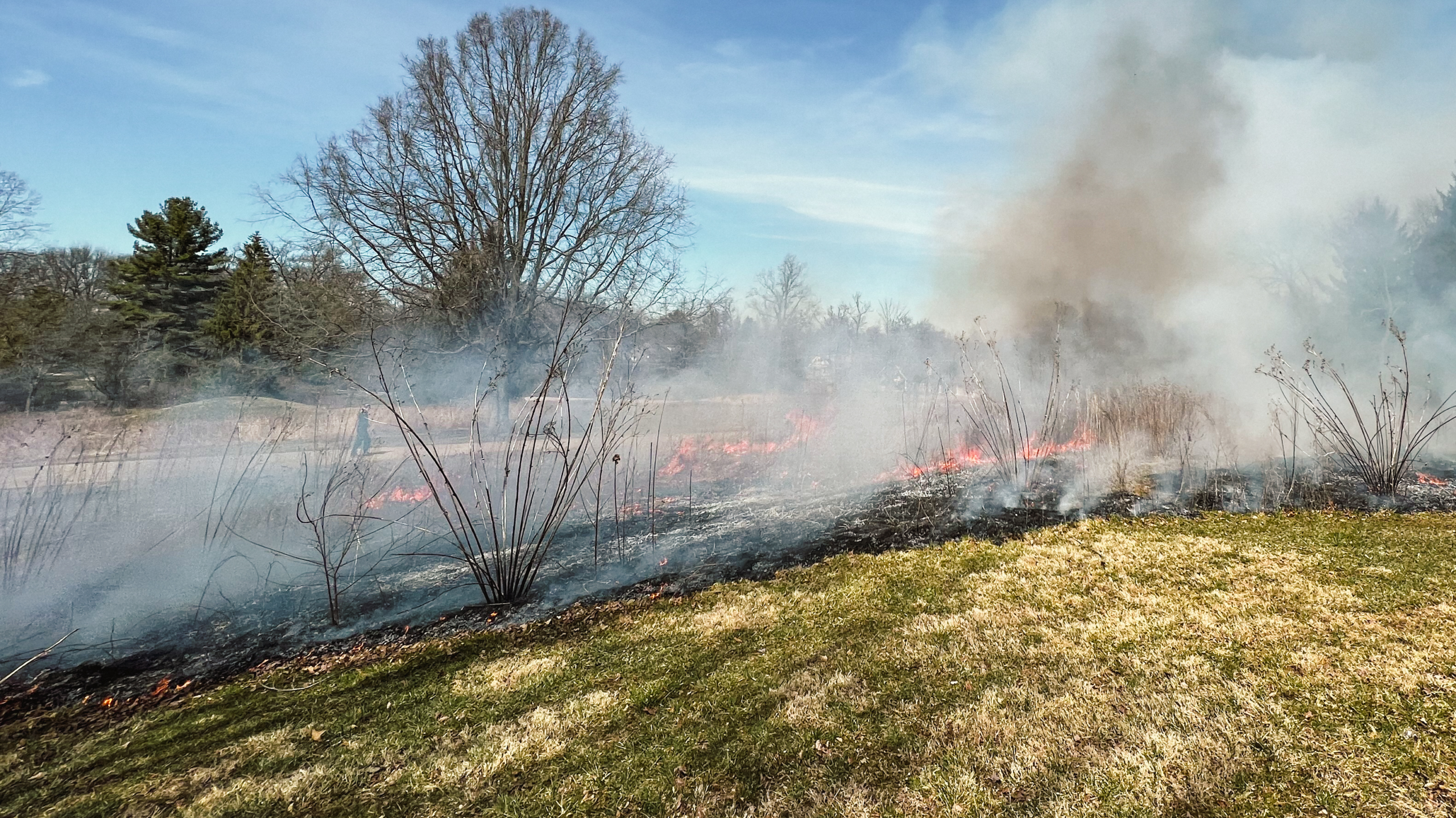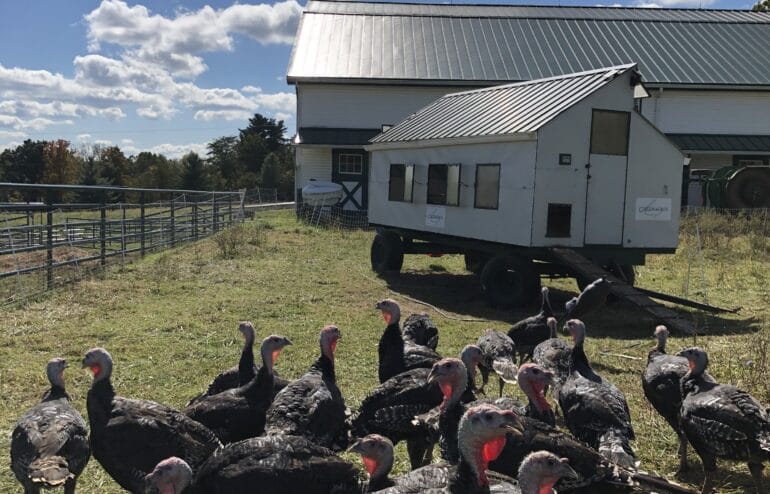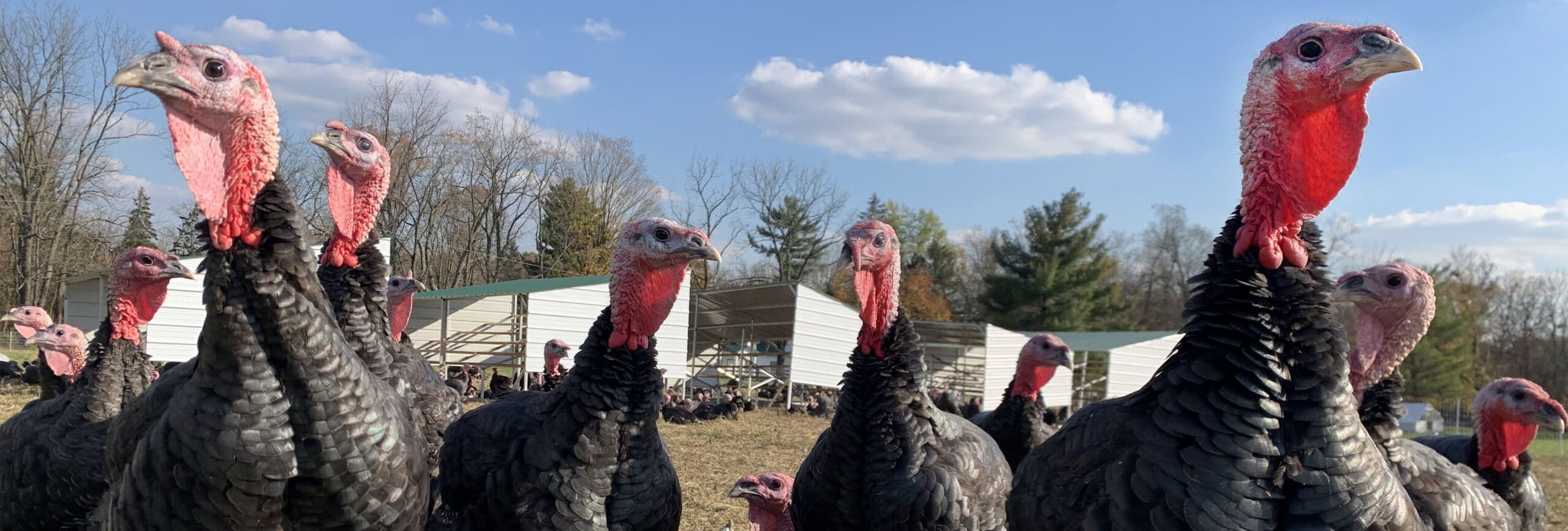
Discover Together – Fall 2022
Welcome Back!
We have enjoyed welcoming you and your students back to Greenacres for another adventure-filled year! It has been great seeing old and new friends participate in programming throughout the fall. We are excited to begin publishing “Learning Together”, a newsletter focused on education programs at Greenacres. Two-to-three times a year, we will highlight new opportunities for visiting schools, introduce our educators and highlight any important changes to our education programming. We hope this gives you another way to interact and stay up-to-date with Greenacres. We look forward to continue serving you and your students.
If you haven’t browsed our available programming lately, we encourage you to check it out. You can find a full list at https://green-acres.org/field-trip-programming.


Meet Scott Wingate, Director of Education
Introducing our new Director of Education, Scott Wingate. Scott has been involved with Cincinnati non-profits and their education initiatives for most of his career. He spent time at the Cincinnati Zoo before becoming the Executive Director of the Newport Aquarium’s WAVE Foundation. He is excited to join our team and looks forward to continuing to grow Greenacres education programs.

“I am excited to start the role of Director of Education at Greenacres as it combines my passion for conservation, nature and affinity for educating our community! I look forward to collaborating with our community leaders to develop innovative education programs that are engaging, impactful and ensure students are meeting the requirements of their schools while developing a sense of wonder for our natural world!”
Scott Wingate, Greenacres Director of Education
Have you visited the Arts Center?
When you visit the Greenacres Arts Center for a field trip, your experience will be enhanced by learning from a group of teaching artists, who are active participants in the arts world. Each member of the Arts Education team is excited about the work they do, the communities in which they are involved, and are eager to share their love for music, visual arts, and theater experiences with visiting classes throughout the year.

A great field trip destination year round
The Arts Center offers access to art galleries, art studios, and performance spaces while maintaining its historical integrity. In addition to the facility itself, the grounds present curated gardens, water features, and courtyards, which are regularly used in programming. Just steps away is working farmland, an inspiring greenhouse, and extensive woodlands with trails and creek access. The diverse facilities provide truly unique, hands-on learning experiences.
Arts programming occurs both indoors and outdoors, allowing versatile settings to explore each season. For example, the seasonal changes brought by autumn inspires students’ creativity through new sound and color palettes. Music, visual arts, and theater opportunities are explored equally in nature and in the Arts Center. Greenacres arts programming provides different avenues for students to connect with the arts in a new environment.
Arts Programming from a Unique Perspective
Arts programming draws inspiration from our founders, Louis and Louise Nippert. Louis Nippert was a farmer and outdoorsman, while Louise Nippert was a performer and supporter of the arts. Their collective interests have created a convergence between the natural sciences and the arts at Greenacres which gives our programs a unique feel not found anywhere else.
Our Arts Education team values and upholds Greenacres’s mission “to encourage appreciation of music and culture by providing facilities and an atmosphere that will encourage artists to display their talents for all age groups”. Their diverse skill sets allow for customizable learning experiences in one or more of the following disciplines: theater, music, visual arts, and art gallery experiences. This program model encourages lifelong participation in and appreciation of the arts. In all of our programs, we value:
- Experiential learning that places a strong focus on the creative process over the final product.
- Opportunities to use artist quality materials and materials made from the natural world.
- Honoring the creativity and individuality of each learner.
- The importance of both collaboration and self expression.
- Using the assets around us to ground programming in the history of the arts.

We recognize schools’ interests to integrate state and national standards from a variety of subjects, including science, math, social studies, and language arts. Problem solving, experimentation, and critical thinking drive our arts-centric learning. Examples include:
- Arts in the Natural World Program Series: This brand new series explores the intersections between art and the environment. Different subjects will be offered to different grade levels to ensure fresh content every visit. For example, one visit might take you on a hike to the creek to process natural clay into an artistic medium, while the next visit may include learning how to make paints made from plants or composing musical soundscapes by listening to the sounds of nature.
- Patterns and Energy: Students use critical thinking skills, develop hypotheses, and experiment with patterns and energy through drumming, painting, drawing, and movement activities.
- Cincinnati’s Stories: This program is grounded in the Queen City’s rich history and connection to the arts and culture. Whether it is examining the Arts Center’s collection of Rookwood pottery, listening to music created in Cincinnati, or diving into our city’s heritage, this program is not one to miss!
-
-
What can Visiting Students Expect?
We want your visit to the Arts Center to be fun, engaging, and enriching! Throughout your visit, you will uncover the various phases of the Arts Center’s history. The Arts Center was originally built as a Norman style residence in the 1920s and was restored and transformed into the Arts Center. By visiting the Arts Center, you contribute to this chapter of our history–told through the perspective of the visual, performing, and musical arts. During programming, you can expect:
- Hands-on learning and active opportunities to experiment with new artistic concepts.
- A chance to explore architecture, gardens, farmland, and woodlands.
- To engage with artworks throughout the building, including contemporary works of art, art created by local artists, and historical works of art such as Rookwood pottery.

We hope to see you and your students for arts programming soon! To book a field trip at the Arts Center or any of our field trip destinations, please visit: https://green-acres.org/field-trip-registration/
Administrative Meeting Spaces Available
Is your faculty looking for offsite meeting space? Greenacres can host your school’s administrative meetings at no cost to your organization. Whether you are planning a professional development seminar, conducting leadership training, or have planned a strategic planning meeting, Greenacres is happy to welcome you and your team to our property. Our facilities offer large meeting spaces equipped with the latest technology. Your attendees will feel inspired after being treated to stunning views and learning how Greenacres can help with their educational objectives. If you are interested in this for your faculty, please reach out to mail@green-acres.org.

